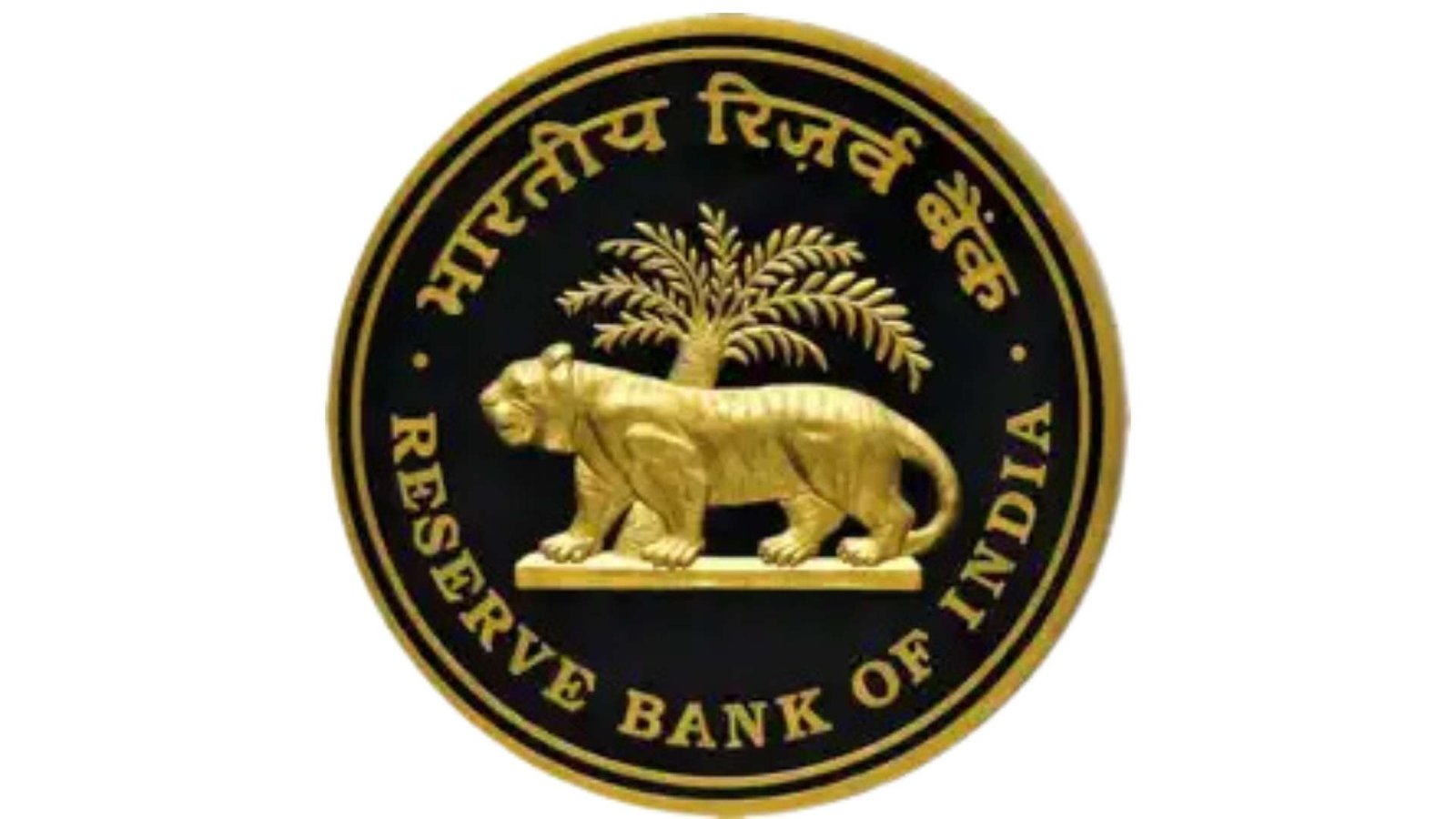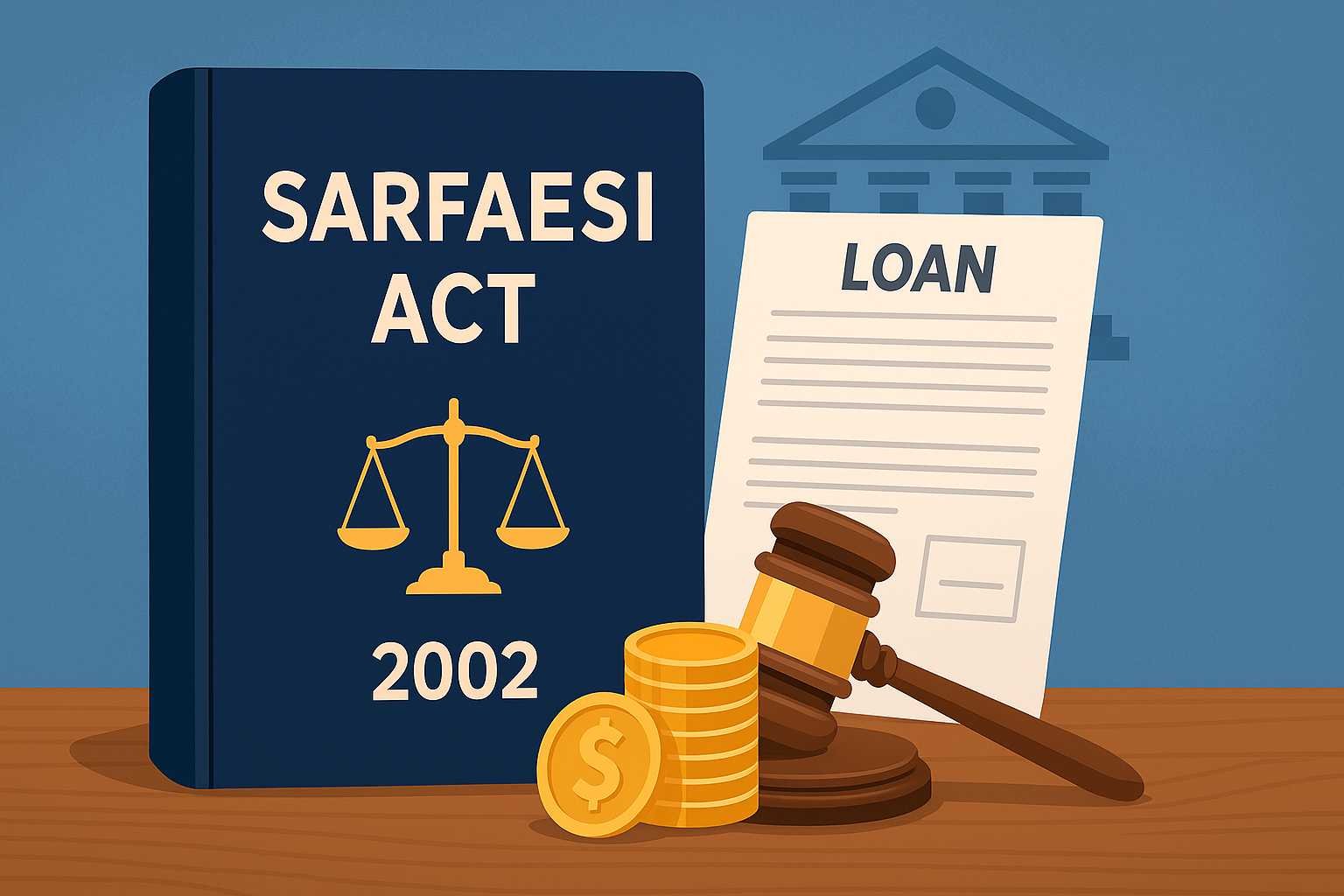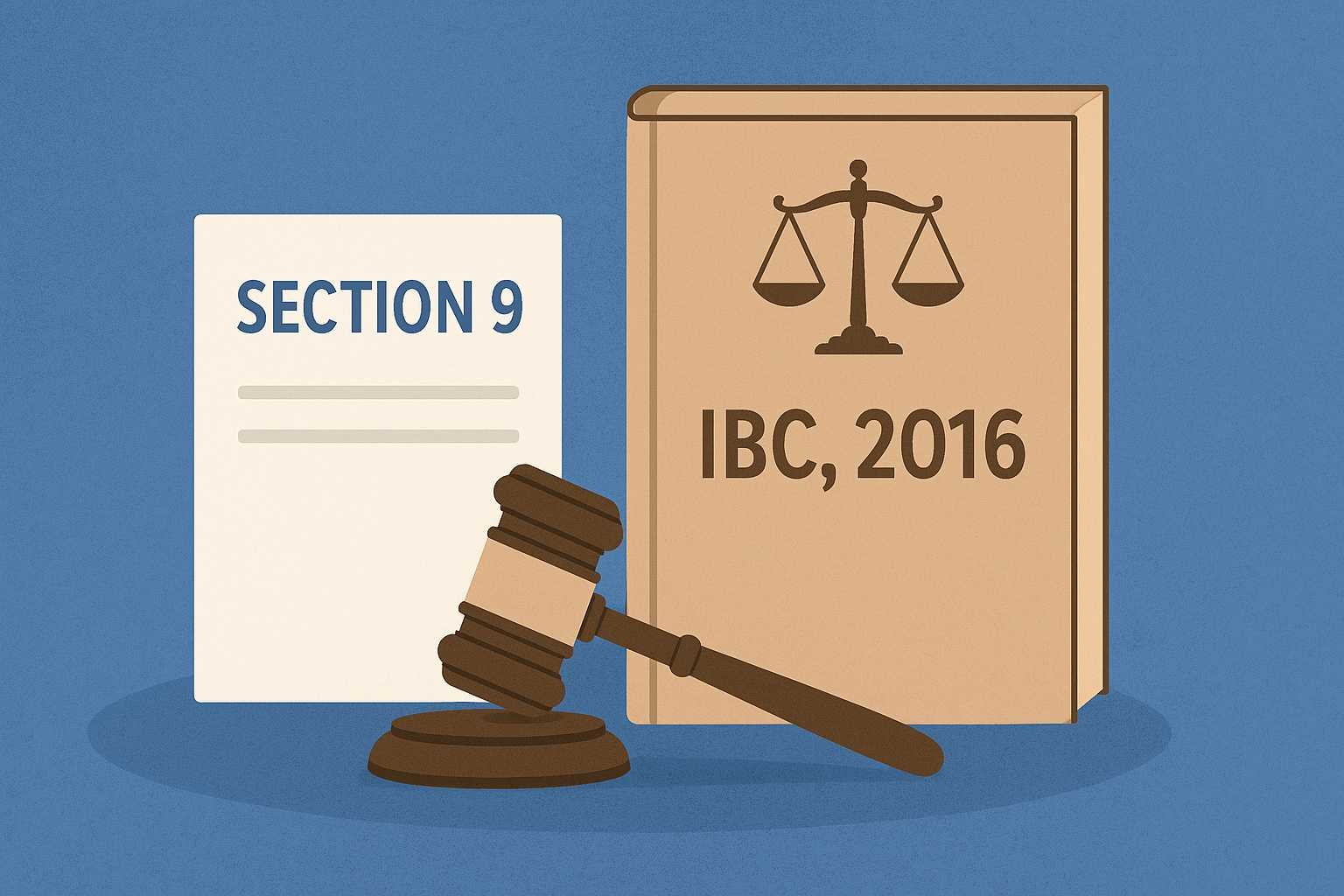On this page you will read detailed information about RBI Releases Updated Master Directions For Fraud Risk Management.
As a financial professional in India, you’re undoubtedly aware of the critical importance of fraud risk management. The Reserve Bank of India (RBI) has recently released updated Master Directions on this crucial topic, signaling a renewed focus on combating financial fraud. These revised guidelines will significantly impact how you and your institution approach fraud prevention, detection, and reporting. Understanding and implementing these new directives is essential for maintaining regulatory compliance and safeguarding your organization against evolving fraud threats. In this article, we’ll explore the key changes in the RBI’s updated Master Directions and what they mean for your fraud risk management strategies.
Overview of the Revised RBI Master Directions
The Reserve Bank of India (RBI) has recently issued revised Master Directions on Fraud Risk Management, aiming to strengthen the financial sector’s resilience against fraudulent activities. These updated guidelines supersede previous regulations and consolidate 36 existing circulars, streamlining the compliance process for Regulated Entities (REs).
Enhanced Governance and Oversight
The revised directions place a stronger emphasis on the role of boards in overseeing fraud risk management. A Special Committee of the Board for Monitoring and Follow-up of Fraud Cases (SCBMF) is now mandated to provide dedicated oversight. This shift aims to foster a more proactive, prevention-focused mindset in managing fraud risks.
Expanded Scope and Applicability
The RBI has broadened the scope of these directions to include Regional Rural Banks, Rural Cooperative Banks, and Housing Finance Companies. Additionally, all NBFCs with an asset size of INR 500 crore and above are now covered, ensuring a more comprehensive approach to fraud risk management across the financial sector.
Strengthened Detection and Prevention Measures
The framework for Early Warning Signals (EWS) and Red Flagging of Accounts (RFA) has been further enhanced to facilitate early detection and prevention of frauds. REs are now required to establish Data Analytics and Market Intelligence Units to bolster their risk management systems. This technological integration aims to improve the overall efficacy of fraud detection mechanisms.
Key Highlights of the Updated Guidelines
Strengthened Governance and Oversight
The revised Master Directions on Fraud Risk Management emphasize enhanced governance, with a significant shift in responsibility. Boards now play a more active role in overseeing fraud risk management, while a special committee of regulated entities (REs) is tasked with monitoring and following up on fraud cases. This change aims to ensure more robust fraud prevention and detection mechanisms across the financial sector.
Expanded Scope and Improved Reporting
The RBI has broadened the applicability of these guidelines to include Regional Rural Banks and NBFCs with assets of INR 500 crore and above. Additionally, the revised directions mandate fraud reporting to the RBI without any monetary threshold, ensuring comprehensive tracking of all fraud incidents. This expansion aims to create a more inclusive and transparent fraud management ecosystem.
Enhanced Early Warning System
A key feature of the updated guidelines is the strengthened Early Warning Signals (EWS) framework. REs are now required to establish data analytics and market intelligence units to identify unusual patterns and activities. The framework goes beyond financial indicators, incorporating qualitative factors like borrower behavior. This proactive approach is designed to detect potential frauds early, allowing for timely intervention and mitigation.
Fairness in Classification
In line with recent Supreme Court recommendations, the guidelines now mandate adherence to principles of natural justice before classifying accounts as fraudulent. REs must issue a show cause notice to the accused, providing a 21-day window for response. This change ensures a fair process, fostering trust between financial institutions and their customers while maintaining the integrity of fraud classification procedures.
In the previous post, we had shared information about TRAI Consent Regulations for SMS and Call Campaigns, so read that post also.
Strengthened Oversight for Fraud Risk Management
Enhanced Board Responsibility
The revised Master Directions on Fraud Risk Management issued by the Reserve Bank of India (RBI) place a stronger emphasis on the role of the Board in overseeing fraud prevention efforts. According to the new guidelines, Boards are now required to formulate and approve a comprehensive Fraud Risk Management Policy. This policy must clearly define roles and responsibilities across all levels of the organization, from the Board itself down to senior management.
Improved Detection and Reporting Mechanisms
To enable early identification of potential frauds, the RBI has mandated the establishment of Data Analytics and Market Intelligence Units within regulated entities. These units will leverage advanced analytics to strengthen risk management systems. Additionally, the Early Warning Signals (EWS) framework has been enhanced to include monitoring of non-credit related transactions and mandatory integration with core banking systems.
Emphasis on Due Process
In line with recent legal developments, the new directions require regulated entities to follow principles of natural justice before classifying an account as fraudulent. This includes issuing show-cause notices and providing borrowers a fair opportunity to respond to allegations. By ensuring a more thorough and transparent process, the RBI aims to balance fraud prevention with fairness to customers.
Enhanced Measures for Early Fraud Detection
The revised RBI Master Directions on Fraud Risk Management emphasize the critical importance of early fraud detection through advanced technological solutions and robust frameworks. Banks are now required to implement a comprehensive Early Warning Signals (EWS) framework, integrated with their Core Banking Solutions and operational systems. This integration aims to streamline the detection process and enable quicker responses to potential fraudulent activities.
Data Analytics and Market Intelligence
A significant enhancement in the new guidelines is the mandatory establishment of dedicated Data Analytics and Market Intelligence units. These units will leverage advanced analytical models to proactively identify patterns and anomalies that may indicate fraudulent behavior. By harnessing the power of data, financial institutions can now move beyond reactive measures to a more predictive approach in fraud prevention.
Expanded Scope and Timely Reporting
The revised directions broaden the scope of fraud risk management to encompass a wider range of misconduct, including misappropriation of funds, forgery, and fraudulent electronic transactions. Additionally, the guidelines emphasize the importance of timely reporting to law enforcement agencies and the RBI, with reduced delays and fixed accountability for responsible staff. This comprehensive approach ensures that even small-value transactions are scrutinized, reflecting a commitment to thorough fraud detection across all levels of banking operations.
The Road Ahead: Implementing the New Directions
As financial institutions prepare to adopt the RBI’s revised Master Directions on Fraud Risk Management, they face a significant task in aligning their operations with the new guidelines. The 180-day compliance window provides a crucial timeframe for banks, NBFCs, and cooperative banks to overhaul their existing frameworks.
Enhancing Governance and Accountability
A key focus will be on strengthening Board-level oversight and establishing dedicated committees for fraud monitoring. Institutions must develop comprehensive, Board-approved Fraud Risk Management Policies that clearly define roles and responsibilities across all levels of the organization.
Leveraging Technology for Early Detection
Implementing robust Early Warning Systems (EWS) and data analytics capabilities will be crucial. Financial entities will need to invest in advanced technologies to integrate these systems with their core banking platforms, enabling real-time fraud detection and prevention.
Ensuring Fair Practices
The new directions emphasize adherence to principles of natural justice. Institutions must establish clear processes for issuing show-cause notices, evaluating responses, and making well-reasoned decisions before classifying accounts as fraudulent. This approach aims to balance fraud prevention with fairness to borrowers.
Strengthening Reporting Mechanisms
Financial entities will need to streamline their fraud reporting processes to meet the RBI’s revised timelines and requirements. This includes enhancing their internal systems to capture and report a wider range of fraudulent activities, contributing to a more comprehensive Central Fraud Registry.
Conclusion
As you implement these updated RBI Master Directions on Fraud Risk Management, remember that vigilance and proactivity are key. The revised guidelines provide a robust framework, but their effectiveness ultimately depends on your institution’s commitment to fraud prevention. Stay informed about emerging threats, continuously assess your risk landscape, and foster a culture of compliance throughout your organization. By diligently following these directives and maintaining open lines of communication with regulators, you can significantly enhance your defenses against financial fraud. In an era of rapidly evolving risks, your dedication to implementing these guidelines will be crucial in safeguarding your institution and maintaining the integrity of India’s financial system.
Disclaimer
The information and services on this website are not intended to and shall not be used as legal advice. You should consult a Legal Professional for any legal or solicited advice. While we have good faith and our own independent research to every information listed on the website and do our best to ensure that the data provided is accurate. However, we do not guarantee the information provided is accurate and make no representation or warranty of any kind, express or implied, regarding the accuracy, adequacy, validity, reliability, availability, or completeness of any information on the Site. UNDER NO CIRCUMSTANCES SHALL WE HAVE ANY LIABILITY TO YOU FOR ANY LOSS OR DAMAGE OF ANY KIND INCURRED AS A RESULT OR RELIANCE ON ANY INFORMATION PROVIDED ON THE SITE. YOUR USE OF THE SITE AND YOUR RELIANCE ON ANY INFORMATION ON THE SITE IS SOLELY AT YOUR OWN RISK. Comments on this website are the sole responsibility of their writers so the accuracy, completeness, veracity, honesty, factuality and politeness of comments are not guaranteed.
So friends, today we talked about RBI Releases Updated Master Directions For Fraud Risk Management, hope you liked our post.
If you liked the information about RBI Releases Updated Master Directions For Fraud Risk Management, then definitely share this article with your friends.
Knowing about laws can make you feel super smart ! If you find value in the content you may consider joining our not for profit Legal Community ! You can ask unlimited questions on WhatsApp and get answers. You can DM or send your name & number to 8208309918 on WhatsApp









